An innovative new wound dressing has been developed by a research team at Lodz University of Technology in Poland that uses crustacean shells to create a bandage that packs an antimicrobial punch — and even more potential to help solve a global problem.
Bandages typically help speed healing by containing bleeding, keeping wounds clean, and protecting them. Adding an antibiotic or other medicinal agent is usually added before or with the bandage to help fight infections in the wound. The new research used two already known products — hydrogel bandages and chitosan — to develop a new wound dressing that takes all the extra work out.
Researcher Radoslaw Wach, along with his colleagues, describe the development of the new wound dressing in a paper in the May 2017 issue of the journal Radiation Physics and Chemistry.
Hydrogel vs. Chitosan Bandages
Hydrogels are created by chemically or mechanically linking long chains of molecules called polymers together to form a gel, then filling the spaces between the chains with water or other aqueous material.
Hydrogel-containing bandages are already in use and have many advantages over dry dressings. They keep wounds moist, helping cells to stay alive, and promoting healing. Hydrogels keep wounds cooler, which has been shown to provide pain relief.
Because hydrogels are flexible, they can adapt to the shape of the injured body part. And a moist dressing doesn't stick to wounds like a dry one does, so a bandage change does not disrupt wound healing.
Chitosan is a compound in the shells of crustaceans. It stops bleeding by causing platelets — the tiny blood cells that are components of clots — to both stick to a bleeding surface and to aggregate to other platelets, forming a clot. This compound has the added benefit of being an antimicrobial agent. Its ability to kill different types of bacteria and fungi has been investigated for several decades.
A Biologically Active Bandage
To create a wound dressing that incorporated chitosan into a hydrogel, Wach and his team had to find a way to dissolve the chitosan that would maintain its ability to promote clotting and antibacterial activity while not inhibiting the polymer cross-linking needed to form the hydrogel.
The scientists used a standard technique to create a hydrogel dressing. They irradiated polymers to crosslink them into a gel and incorporated water into the gel. The irradiation turned the polymers and water into a firm and strong, yet moist and flexible dressing that was also sterilized by the irradiation.
They prepared an extract of chitosan from crustacean shells and dissolved it in a solution of lactic acid. Using an electron beam aimed at the polymer in a solution of chitosan, they were able to incorporate the chitosan into the hydrogel, and it became part of the hydrogel itself.
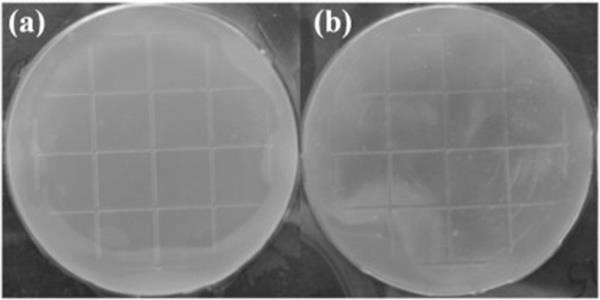
Testing showed that the incorporation of chitosan into the hydrogel did not change its ability to cross-link or its functions as a wound dressing. The researchers tested out the new hydrogel with chitosan in the lab against Staphylococcus aureus and saw the gel helped kill the bacteria.
In a press release from Elsevier, Wach said:
We developed a composition where chitosan is dissolved in lactic acid and, when added to the regular composition of the dressing, it does not adversely change its ability to cross-link during manufacturing or alter its mechanical and functional properties. The new hydrogel wound dressing is biologically active.
"Since wound healing in severe cases may take a long time — up to several weeks — the probability of bacteria-mediated infection is high," Wach continued. "Our novel hydrogel dressing could, therefore, prevent many such infections and avoid serious complications."
With more and more microbes becoming resistant to the antibiotics we have to treat them, the threat of untreatable, unbeatable infections is real.
Preventing infections in the first place is the best way we can avoid confronting multidrug-resistant infections. The new hydrogel can provide moisture and cooling, allow healing and — maybe most importantly — prevent infections that threaten our ability to treat them.
Just updated your iPhone? You'll find new emoji, enhanced security, podcast transcripts, Apple Cash virtual numbers, and other useful features. There are even new additions hidden within Safari. Find out what's new and changed on your iPhone with the iOS 17.4 update.
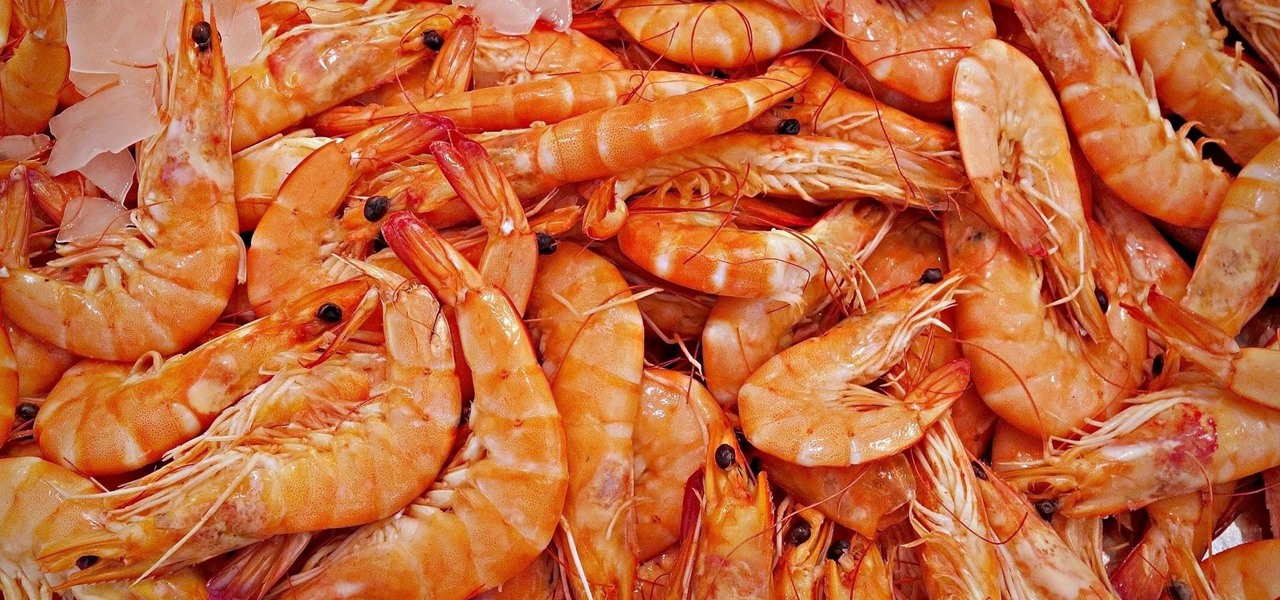





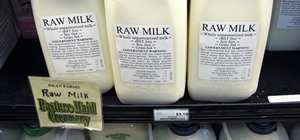
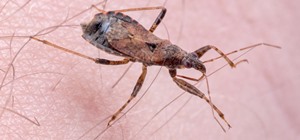
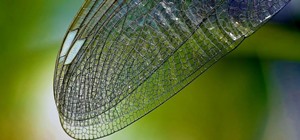













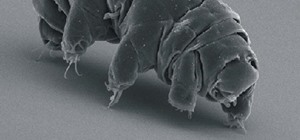

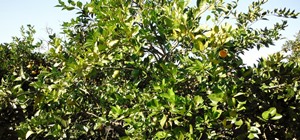


Be the First to Comment
Share Your Thoughts